Springfield
Silver Member
- Joined
- Apr 19, 2003
- Messages
- 2,850
- Reaction score
- 1,388
- Golden Thread
- 0
- Location
- New Mexico
- Detector(s) used
- BS
cactusjumper said:Guy's,
When you consider the number of proven archaeological frauds that have taken place over the years, Charles Dawson, immediately comes to mind, is it any wonder that academia is reluctant to jump on any bandwagon that includes questionable artifacts?
Archaeologists seldom make definitive statements that could be negated by the next turn of the spade. Because they may be looking for supporting evidence, before changing their opinions, does not mean their opinions are written in stone, pardon the pun.
You, sitting in your place of public anonymity (for the most part) can afford to throw stones at the opinions of those who must place their opinions and conclusions before their peers, and a populace hungry for every new and unusual artifact that comes along.
As archaeologist, they are the professional watchdogs who's duty it is to stand between fraud and reality in their chosen field.
That certainly does not mean they are infallible, but I would much rather have them there to inform me, than be bowing down to the wonder of Piltdown Man.......
I feel the same way about history. I don't accept every theory that goes against the weight of historical opinion....out of hand. I like to examine it, as best I can, from every opinion and angle I can find, before forming a solid opinion, despite what has been written about me. Even when I am convinced that my conclusions are correct, there is always the possibility that the next turn of the spade/authentic document will prove me and others wrong.
There is nothing wrong with your questioning the conclusions and opinions of professional archaeologist's and historians, but you will forgive me if I do the same with your conclusions and opinions. After all, we are all brothers in doubt, in that respect.
Just one man's opinion.
Take care,
Joe
That's a point well taken Joe. We have a long and growing list of isolated pranksters who have tried to fool the world with cooked up 'sensational discoveries' on a local level. These types of fraud are usually quickly and rightfully discredited, giving the prankster his '15 minutes' of notoriety and causing little or no damage to society at large. On a larger scale, we've seen downright conspiracies such as the Morman cult jimmying a number of artifacts and documents to further their cause - the damage done to a fairly large flock subject to interpretation based on your point of view. On a global level, a helluva bunch of humans have been affected by the WMD fraud, but as you inferred, 'history' is a dynamic rascal with a limited number of bedrock truths and an unlimited number of spins. We generally consume what we're fed. If corndogs are all that's on the menu, we probably won't be served sushi.
Concerning professional archaeologists, they will admit to you that they are caught between a rock and a hard place concerning, as you label them, 'questionable artifacts'. The obvious frauds usually discredit themselves, but the real puzzlers which also defy accepted dogma become hot potatoes that the archies ironically shun. I say 'ironically' because the very nature of their chosen profession is to get to the truth of such things. You may wish to call them 'watchdogs', but as an archy friend once admitted to me, too much energy going 'off center' is professional suicide. Rocking the boat has always invited ramifications.




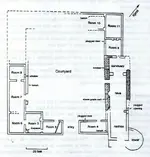

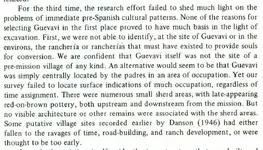
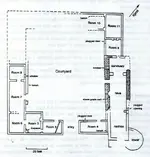

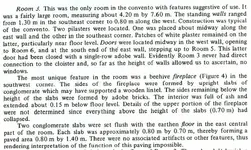
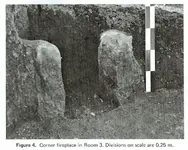
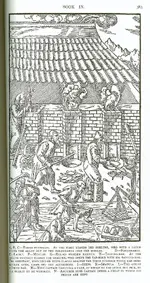
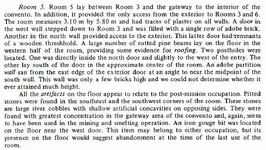


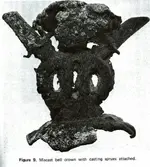









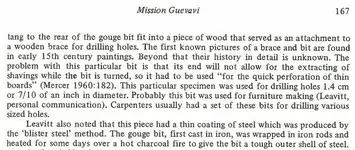
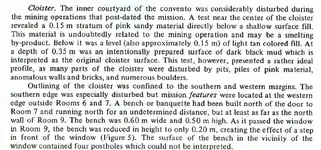


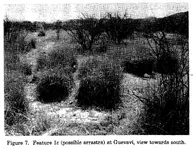

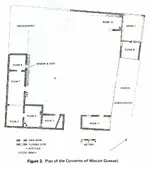


 Seriously, we have "legends" of Jesuits working mines in the region, we have mines which were found by early Spanish/Mexicans in the late 1810's which were already old and rich in silver, we have father Nentvig's mention of the silver and gold mines which were not being worked in 1764; we know that Jesuit colleges owned mines all over Mexico; and we have an old Jesuit mission which has lots of slag and ash, from which early Anglo prospectors hauled away many wagon loads of slag to sell since it still was rich in silver, not to mention the mis-cast bell. I would say the most probable conclusion is that Jesuits were mining and doing some smelting at the mission as this would explain all the other points quite well. Whether they used Indians as labor, we can only surmise, because they were using Indians to work at all other tasks, and we have the mention of father Och that he had his Indians gather mule-loads of placer copper for him, plus those pesky treasure legends which were gathered and (usually) published by treasure writers like John Mitchell.
Seriously, we have "legends" of Jesuits working mines in the region, we have mines which were found by early Spanish/Mexicans in the late 1810's which were already old and rich in silver, we have father Nentvig's mention of the silver and gold mines which were not being worked in 1764; we know that Jesuit colleges owned mines all over Mexico; and we have an old Jesuit mission which has lots of slag and ash, from which early Anglo prospectors hauled away many wagon loads of slag to sell since it still was rich in silver, not to mention the mis-cast bell. I would say the most probable conclusion is that Jesuits were mining and doing some smelting at the mission as this would explain all the other points quite well. Whether they used Indians as labor, we can only surmise, because they were using Indians to work at all other tasks, and we have the mention of father Och that he had his Indians gather mule-loads of placer copper for him, plus those pesky treasure legends which were gathered and (usually) published by treasure writers like John Mitchell.


